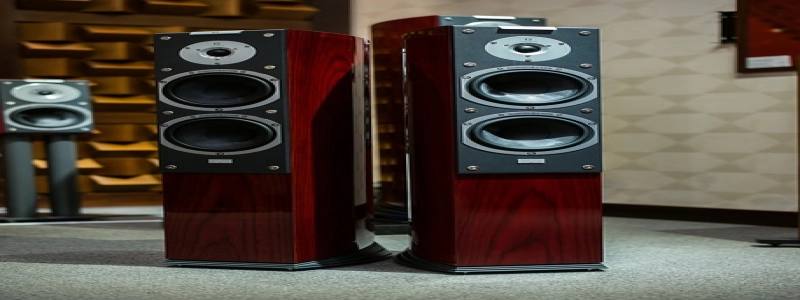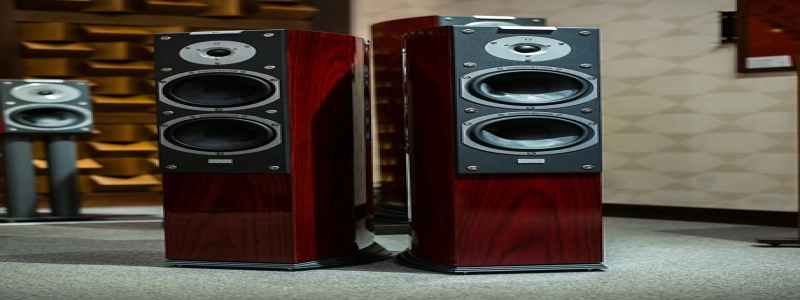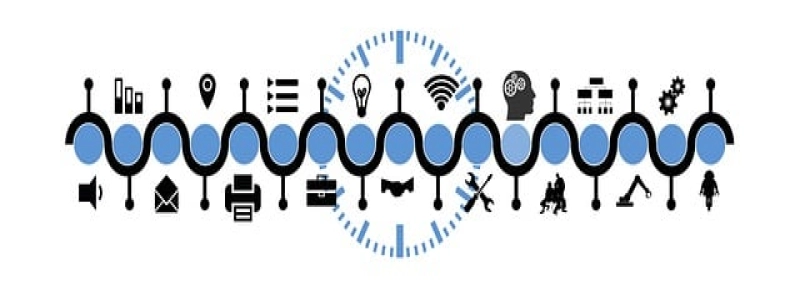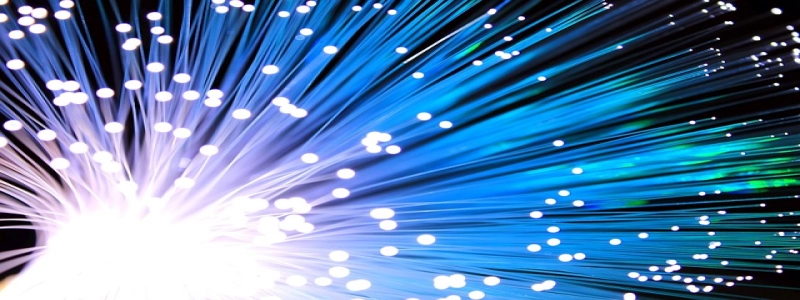Is an Ethernet Cable the Same as a Network Cable?
Johdanto:
Nykypäivän digiaikana, where internet connectivity is paramount, the terms \”Ethernet cable\” and \”network cable\” are often used interchangeably. kuitenkin, it is essential to understand whether these two types of cables are indeed the same or if there are any differences between them. This article will delve into the subject, outlining the characteristics, functions, and distinctions between an Ethernet cable and a network cable.
minä. Understanding Ethernet Cables:
1. Definition and Purpose:
– Ethernet cables are wired cables used to connect devices within a Local Area Network (LAN).
– They transmit data signals between computers, routers, switches, and other network devices.
– Ethernet cables enable the transmission of internet connectivity, file sharing, and communication between network devices.
2. Types of Ethernet Cables:
– Category 5e (Cat5e) cables: Support speeds of up to 1000 Mbps and are commonly used for basic network connectivity.
– Category 6 (Cat6) cables: Can handle speeds up to 10 Gbps and are ideal for applications requiring high-bandwidth, such as video streaming and gaming.
– Category 6a (Cat6a) cables: Enhanced version of Cat6, capable of supporting speeds up to 10 Gbps at longer distances.
II. Understanding Network Cables:
1. Definition and Purpose:
– Network cables are a broader categorization that encompasses various cable types used within computer networks.
– They include Ethernet cables, as well as other types such as coaxial cables, fiber optic cables, and serial cables.
– The purpose of network cables is to enable communication and data transfer between devices in a network environment.
2. Types of Network Cables:
– Ethernet cables: As discussed earlier, Ethernet cables are a subset of network cables mainly used for LAN connectivity.
– Coaxial cables: Typically used for cable television (CATV) and broadband internet connections.
– Fiber optic cables: Utilize optical fibers to transmit data signals as pulses of light, enabling high-speed and long-distance data transmission.
– Serial cables: Primarily used to connect devices like printers, modems, and routers to computers for data transfer.
III. Differences Between Ethernet Cables and Network Cables:
1. Scope and Function:
– Ethernet cables are specific to wired network connections within a LAN environment.
– Network cables, toisaalta, encompass multiple cable types, including Ethernet cables, and are more comprehensive in their application.
2. Composition and Transmission:
– Ethernet cables typically have twisted pairs of copper wires wrapped within a protective jacket, facilitating data transmission through electrical signals.
– Other network cables, such as fiber optic cables, use light signals for data transmission, offering higher speeds and longer distances.
Johtopäätös:
While Ethernet cables are technically a subset of network cables, the terms are often used interchangeably due to Ethernet’s dominant presence in LAN connectivity. Understanding the nuances between these two terms is crucial for anyone working with computer networks, as it allows for better decision-making when it comes to selecting the appropriate cable type for specific network requirements. Whether it’s for home internet connectivity, corporate networks, or data centers, having a clear understanding of Ethernet cables’ role within the broader context of network cables is essential.








